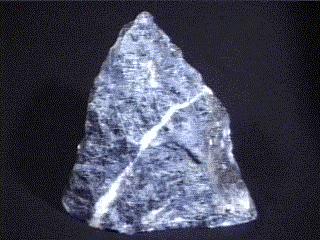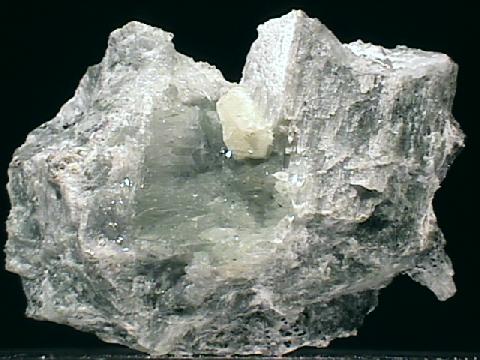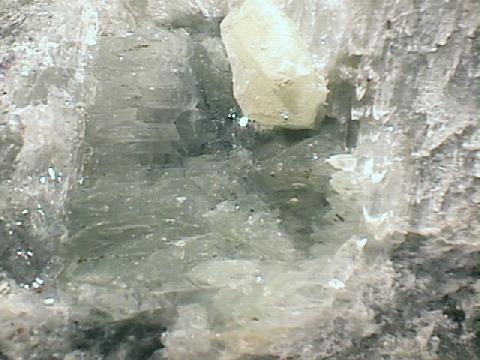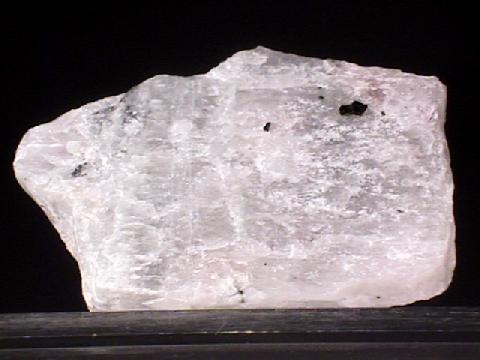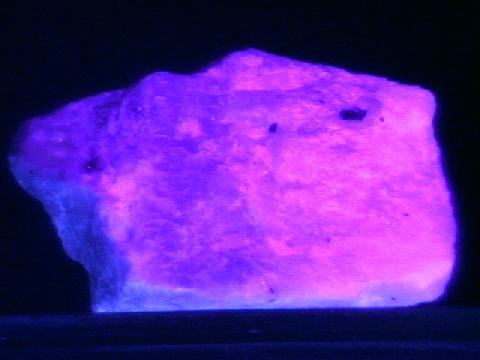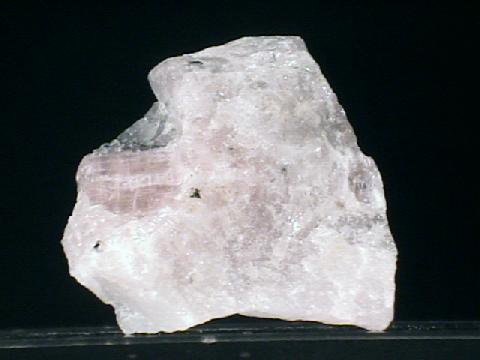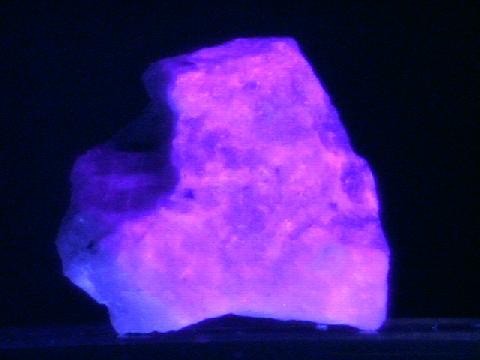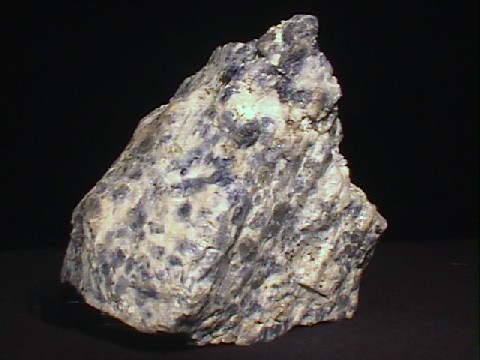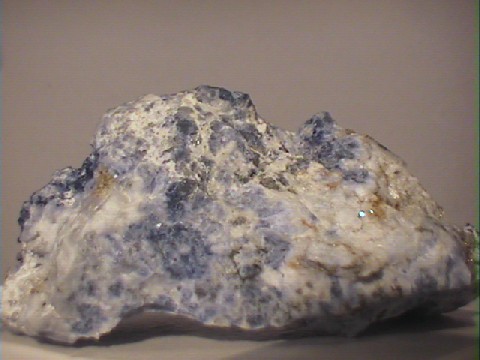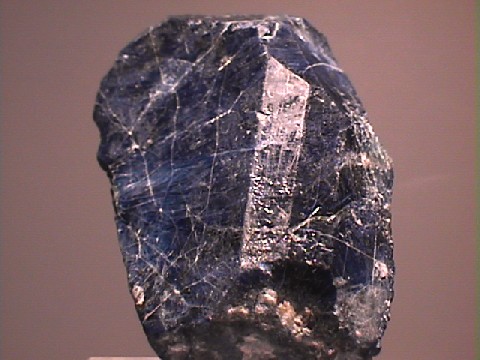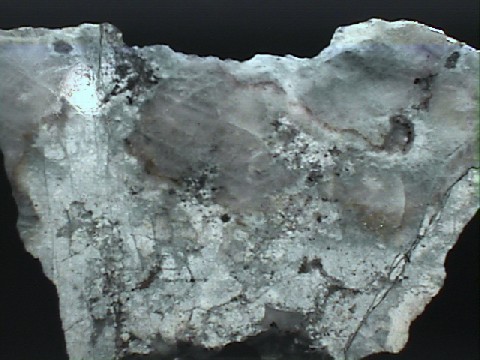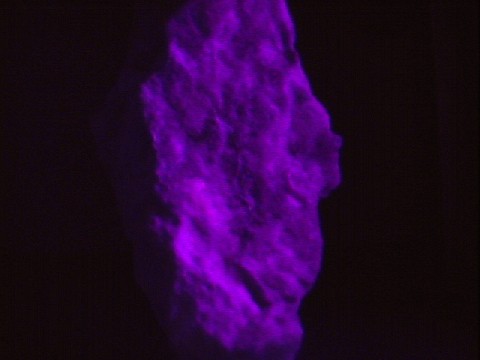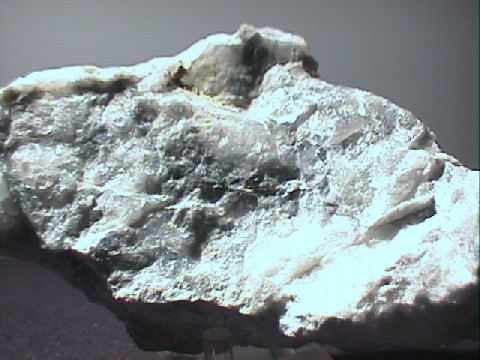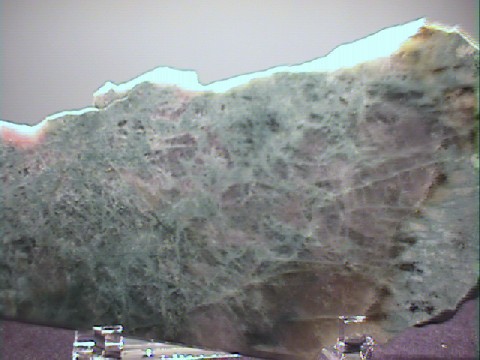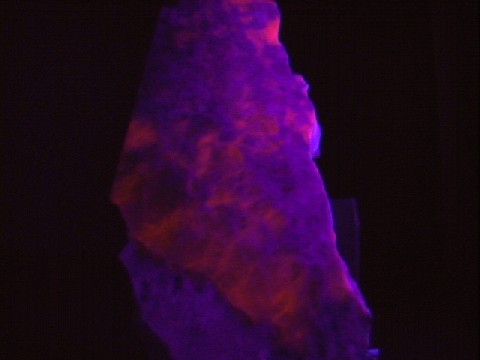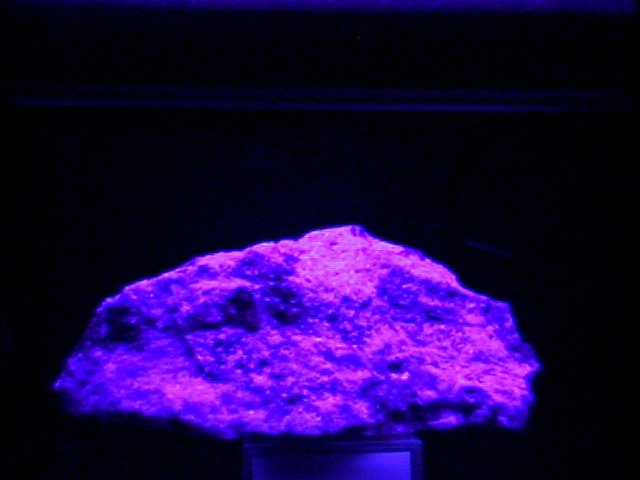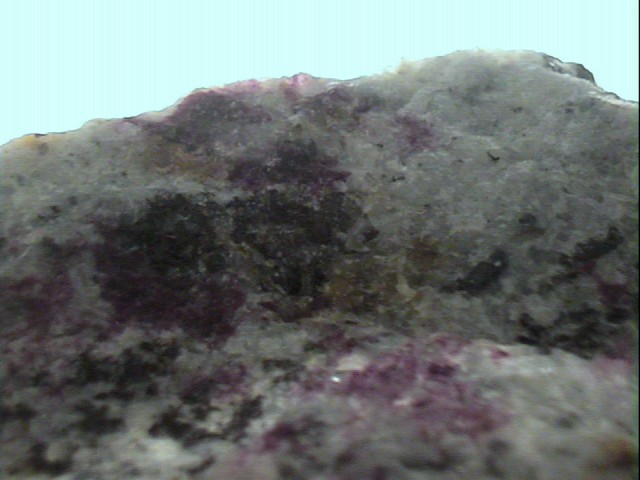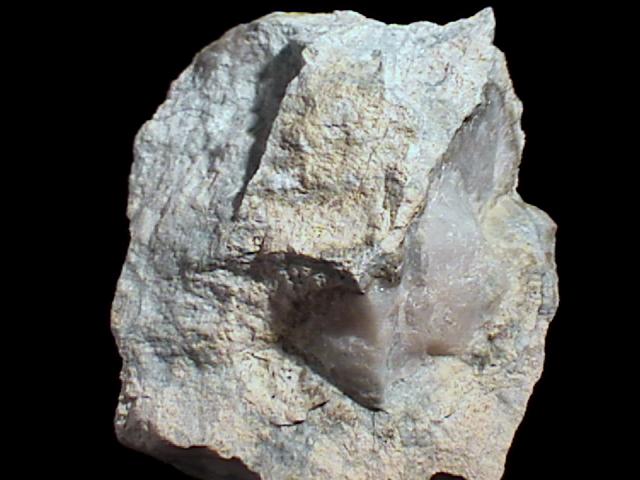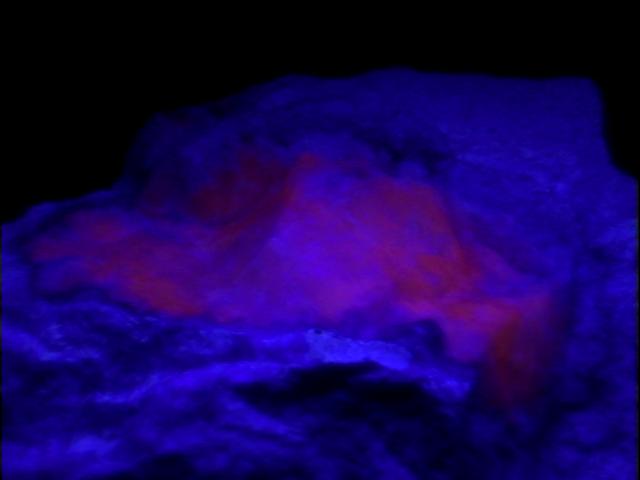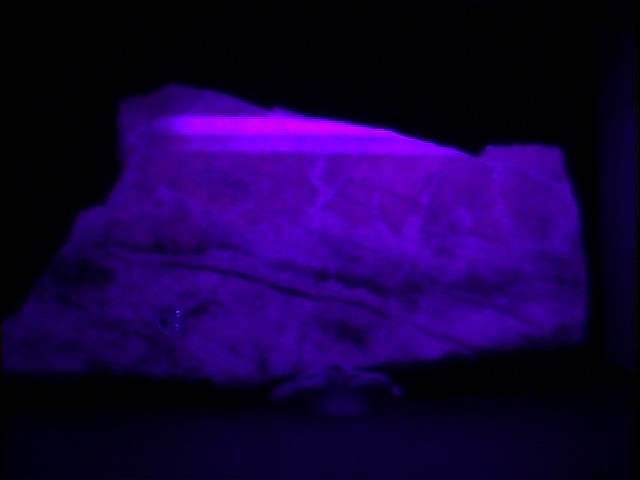 THE MINERAL SODALITE
THE MINERAL SODALITE
Sodalite is a scarce mineral that can be rock forming.
Sodalite is named in reference to its sodium content.
It is used for carvings and some jewelry pieces.
Its light to dark pure blue color is well known in the semi-precious stone trade.
Sodalite is a member of the
feldspathoid group of minerals.
Minerals whose chemistries are close to that of the alkali
feldspars but are poor in silica (SiO
2) content, are called feldspathoids.
As a result or more correctly as a function of the fact, they are found in silica poor rocks containing other silica poor minerals and no
quartz.
If quartz were present when the melt was crystallizing, it would react with any feldspathoids and form a feldspar..
Localities that have feldspathoids are few but some produce large quantities of sodalite.
Sodalite, when not blue, is hard to distinguish from other feldspathoids.
It is the only feldspathoid that contains chlorine.
Sodalite dissolved in a dilute solution of HNO
3 gives a positive chlorine test obtained from some swimming pool test kits.
PHYSICAL CHARACTERISTICS:
- Color is blue, white, gray, or even green.
- Luster is vitreous or greasy
- Transparency: Crystals are transparent to translucent, massive specimens are opaque.
- Crystal System: Isometric; bar 4 3/m
- Crystal Habits: Dodecahedral crystals have been found, usually massive as a rock forming mineral.
- Cleavage is poor, in six directions, but rarely seen.
- Fracture is uneven
- Hardness is 5.5 - 6.0
- Specific Gravity is 2.1 - 2.3
- Streak white
- Associated Minerals calcite, nepheline, cancrinite and other feldspathoids.
- Other Characteristics: it is the only feldspathoid to give a positive chlorine test when dissolved in a HNO2 dilute solution.
- Notable Occurrences include Bancroft, Ontario; Mt. Vesuvius, Italy; Brazil; Ice River area, British Columbia and Maine, USA.
- Best Field Indicators are color if blue, lack of pyrite association (as in lazurite), hardness and associations.
 THE MINERAL SODALITE
THE MINERAL SODALITE
